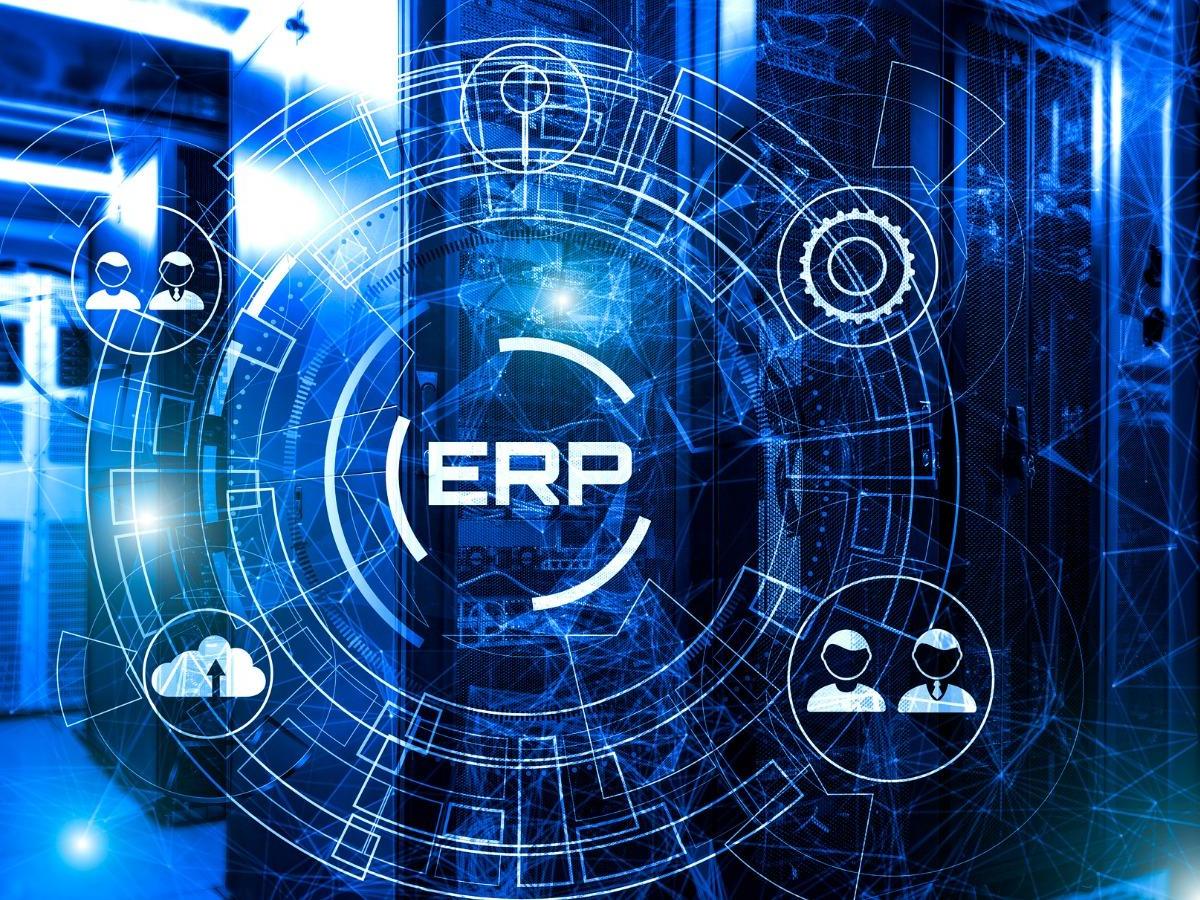Acquiring Expert Assistance in Budgeting Plans Facility Investments
October 28, 2019
The Value of Budgeting for a Facility Investment
Creating a thorough and accurate budget is a crucial part of making wise investment decisions. Research shows that companies that abide by fundamental principles to develop them see higher returns.
If you are overlooking the CapEx budgeting process, rushing through it, or pushing it aside altogether, you should note that establishing a CapEx plan is worth doing right. Undoubtedly, the process can be frustrating; the capital budget isn’t owned by one department in an organization and requires cross-departmental input, and being prepared for upcoming projects is no easy task. But, investing time in creating a plan will create a positive impact on your business in the future.
CapEx budgeting and planning work side-by-side. It is the process of defining how to spend money to support a company’s mission. It is knowing what to spend money on - and, projecting that spend in the future. It is the process of planning a budget.
Let’s discuss the value of budgeting for a facility investment and upkeep.
A comprehensive capital budget looks at the entire property by evaluating its capital condition and identifying its existing and future needs. It further determines its maintenance costs and finds ways to tackle the needs of the investment project within financial constraints.
The process of evaluating a facility and all its system is called facility condition assessment. It can either be employed by outsourcing facility audits, or investing in internal resources to do the inspection. Deciding to do it internally has its benefits. For example - you know your organizational mission better than anyone else and will be able to make a more thorough assessment between company and physical premises needs. Conversely, without expertise, it is harder to make accurate predictions for CapEx projects.
When undertaking a facility audit, there should be a property-specific inventory of what exists. This includes current conditions and projection of remaining the useful life of the facility. Condition assessment helps to create an effective preventative maintenance program to decide regarding short- and long-term needs to see what needs an operating budget, and what requires new capital.
Obtaining data from the process of performing an assessment on the condition of a facility, we need to gather an understanding of its objectives. What is the intention? What needs to be established with the data? Knowing what information will be used for will influence how it is collected.
It is also essential to assess the effects of a decision. By creating scenarios and playing them out, it is possible to plan out how the future of the organization will look. There needs to be a real understanding of the physical circumstances of the facility over time. Is there an opportunity to make equipment more cost-effective?
The assessment process
Experts suggest that facility investment professionals should look at capital-equipment purchases and projects in the following steps: Start with projects that assess health and safety issues. Then go on to items that will cause detrimental consequences if they are neglected. Next, look at tasks that will help to reduce future capital and operational costs. And, finally, think about the marketability of the property and investments that will increase the perceived value of your business.
Deciding to purchase a specific capital project and equipment should achieve an industry-standard. Defining the financial viability for the following fiscal year should be a process that is supplemented by expert advice.
It’s important to understand that capital planning and budgeting is an ongoing process - even if it’s something that only happens once per year. Some projects need to be moved forward with, some far into the future, and others should be scrapped altogether.
In conclusion…
By enlisting professionally qualified assistance to help determine the needs and costs of all aspects of a large project like investment or maintenance of a facility, you will have a clear vision of saving soft costs up front. Construction and oversight of large projects will help save on these costs, resulting in lower overall expenses than purchasing a facility that is brand new.
The process listed above will help you with outlining the details of a capital budget. For example, you will see if it is worth removing an existing roof before installing one. Or, fixing a boiler before replacing it altogether.
These moving parts of a budget will help you stay on track and on-point with your vision. Stay attentive and meticulous about the needs of your property. Include quality materials when undergoing facility maintenance and improvement. A CapEx plan will help you get the most out of your investment.

Introduction: Capital expenditures ( CapEx ) are critical investments that can significantly impact a company's long-term growth and success. To effectively manage these investments, Key Performance Indicators (KPIs) play a crucial role. Understanding the dos and don'ts of CapEx KPIs is essential for making informed decisions and optimizing the return on investment. The Dos: Alignment with Business Objectives: Do: Ensure that CapEx KPIs are closely aligned with the overall strategic goals and objectives of the organization. This alignment ensures that capital investments contribute directly to the company's growth and profitability. Clear Definition and Measurement: Do: Clearly define and measure KPIs related to capital expenditures. Ambiguity in measurement can lead to misinterpretation of results and hinder the effectiveness of decision-making processes. Return on Investment (ROI) Analysis: Do: Implement KPIs that assess the ROI of capital investments . This includes metrics such as net present value (NPV), internal rate of return (IRR), and payback period, providing insights into the profitability and financial viability of projects. Risk Assessment: Do: Include KPIs that evaluate the risks associated with capital projects. Assessing factors such as market conditions, regulatory changes, and project execution risks helps in identifying potential challenges and mitigating them proactively. Benchmarking: Do: Benchmark CapEx KPIs against industry standards and competitors. Comparative analysis provides valuable insights into the company's performance relative to others in the market, facilitating continuous improvement and innovation. The Don'ts: Isolation from Operational Metrics: Don't: Isolate CapEx KPIs from other operational metrics. A holistic approach that integrates financial, operational, and strategic KPIs provides a comprehensive view of the impact of capital expenditures on the entire organization. Ignoring Post-Implementation Analysis: Don't: Neglect post-implementation analysis. KPIs should not stop at the project completion; rather, they should continue to assess the actual performance against the projected outcomes, enabling continuous learning and improvement. Overlooking Flexibility: Don't: Implement rigid KPIs that cannot adapt to changing business environments. The economic landscape, market conditions, and technology evolve, and CapEx KPIs should be flexible enough to accommodate these changes. Neglecting Stakeholder Communication: Don't: Fail to communicate CapEx KPIs and their implications to key stakeholders. Transparent and open communication fosters trust and ensures that decision-makers are well-informed, reducing the likelihood of misunderstandings or resistance. Relying Solely on Financial Metrics: Don't: Rely solely on financial metrics. While financial indicators are crucial, incorporating non-financial KPIs related to sustainability, environmental impact, and social responsibility provides a more holistic evaluation of a project's success. Conclusion: Effectively managing CapEx KPIs requires a strategic and balanced approach that aligns with the organization's objectives. By implementing the dos and avoiding the don'ts outlined above, companies can enhance their decision-making processes, optimize their capital investments, and pave the way for sustainable growth and success.

Smart investment and effective management of capital are both critical components of sustaining success for capital-intensive companies. Companies that measure the value of their CapEx projects are implementing the kind of best practices that ensure they retrieve optimal ROI from their investments. Making every investment count can only happen when the CapEx process is optimized, and this involves focusing attention and resources on stakeholders who are involved in the review and approval process at all stages of decision-making.

Most of the decisions we make about the direction we want to take our business in is often tied to financial resources; and, financial resources are often tied to the business lifecycle. For example, whether you are in start-up or growth mode, or your business is in decline altogether, this factor will impact your business decisions. And, ultimately, without financial resources, you won’t be able to move forward with an investment decision. When we look at CapEx spending , we see that making such investments is always tied to cash flow. So, how do we know what decision to go with when deciding on a particular portfolio? There are several routes to take. There is something called growth CapEx and maintenance CapEx. These are two options that depend on whether or not you want to expand your business or maintain the investments you already have. There are ultimately two reasons why a company spends money on capital expenditures. The first is to pull it back into the business, the second - to maintain it. If you’ve determined that you need to make a CapEx investment , you need to decide how to pay for it: is it better to use cash or debt? Let’s take a look at both in detail so you may understand which to go with it in any given situation. We’ll also explore the most effective way of financing your investments. Maintenance Capex Maintenance CapEx is a big part of expenditures. It is the process of keeping existing operations running. Whether it is installing a new boiler or replacing old computers, its purpose isn’t to attract more business or expand it; it is to maintain the status quo. Maintenance CapEx is used to improve or replace assets to maintain operational capacity. Growth CapEx Growth CapEx is intended for business growth. It isn’t the process of maintaining CapEx, for the business to operate in its current state, it is deciding where to invest in the growth of an operation. To highlight the distinction, we can look at the parameters of these two concepts in the context of a retail store. A retail business owner wants to refurbish his existing store. He wants to lay down new flooring, paint the walls and replace an old fridge. He is engaging in maintenance growth. But, if the retailer wants to expand and acquire a new store, he is increasing his asset base and capacity - he is growing the business. To understand the difference between maintenance and growth CapEx, look at your company’s depreciation and CapEx numbers. When CapEx exceeds depreciation, it is considered growth CapEx since you are expanding your asset base beyond maintaining it. Financed CapEx Financial CapEx refers to spending internal cash to pay for CapEx - an alternative to debt. Banks will be determining your credit status, and looking at all your sources to have an understanding of how you are using your cash. In many cases CapEx takes a toll on cash flow; the more cash you are spending on CapEx , specifically growth CapEx , the less money is available for debt payments. CapEx that is financed with debt doesn’t reduce your cash flow, but when it is financed with cash at hand, it reduces it. Internally financed CapEx is part of the fixed charge coverage ratio (FCCR) that determines a company’s ability to repay its debt. Banks often ask for an estimate of internally financed CapEx so the number won’t be included in any financial statement even though it’s necessary to calculate the company’s ability to repay debt. Why these distinctions matter CapEx has a direct impact on a company’s cash flow. If maintenance CapEx is high, your free cash flow will be low. As free cash flow is the cash that’s available for debt repayment after operating expenses and CapEx commitments have been paid, you need to ensure that you are utilizing your finances most efficiently. If maintenance CapEx in the future is expected to be high free cash flow, you will be spending cash, and your financial resources will turn negative. In this case, you will need to find new sources to fund the gap; and, that would be in the form of debt if you don’t have enough free cash flow. Investments are always expensive. That is why a potential acquirer of a company will pay attention to the maintenance CapEx when looking at whether or not to acquire and increase growth. In conclusion… If you have CapEx, it’s essential to track how much of it you spend to grow versus maintaining your business, and how much was financed with cash instead of debt. If you are preparing to sell your business, these distinctions matter. The decision to expand or maintain will impact your future investments. The difference between these elements will help you assess the free cash flows available to make an acquisition, or whether or not to use debt to finance the maintenance of your business.






